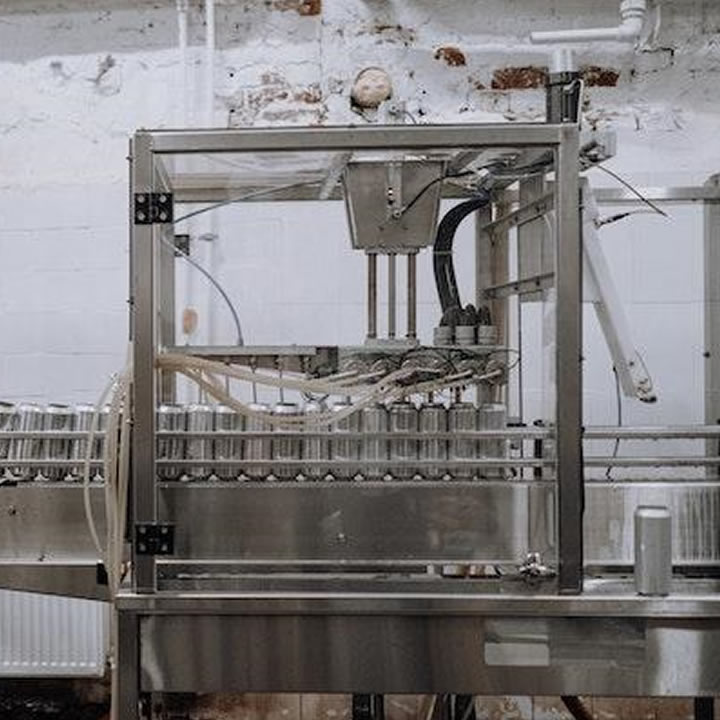The world of industrial automation has seen a massive transformation in recent years with the emergence of the electric linear actuator. Linear actuators are used in various industries, including automotive, medical, and aerospace, among others.
These actuators have changed the way machines operate, providing a level of precision and control that was previously impossible.
Linear actuators are electromechanical devices that convert rotational motion into linear motion. They work by converting the rotational motion of a motor into linear motion through a lead screw or a belt-driven system.
The motor is typically controlled by an electronic control system, which regulates the speed and position of the actuator.
The Emergence of Electrical Linear Actuators
Before the advent of electrical linear actuators, hydraulic and pneumatic actuators were widely used in industrial automation.
These systems were bulky, messy, and required significant maintenance. In addition, hydraulic and pneumatic systems were not precise and often lacked the required level of control. This resulted in machines that were slow, inefficient, and prone to breakdowns.
The introduction of electrical linear actuators changed all of that.
These devices are much smaller, more efficient, and require less maintenance than their hydraulic and pneumatic counterparts. They are also much more precise, offering a level of control that was previously impossible.
It has led to faster and more efficient machines that are less prone to breakdowns.
Advantages of Electrical Linear Actuators
One of the key advantages of electrical linear actuators is their ability to be programmed. It means that the speed, position, and force of the actuator can be precisely controlled, making them ideal for tasks that require a high degree of accuracy.
This level of control has made electrical linear actuators the preferred choice for many applications, including robotics, automation, and positioning systems.
Another advantage of electrical linear actuators is their flexibility. They can be easily integrated into existing systems, making them an ideal choice for retrofitting older machines. This means that companies can update their equipment without having to replace the entire system, saving both time and money.
In addition to their precision and flexibility, electrical linear actuators also offer a high level of safety.
Unlike hydraulic and pneumatic systems, there is no risk of leaks or explosions, making them ideal for use in environments where safety is a concern. They also operate quietly, making them ideal for use in environments where noise levels need to be kept to a minimum.
The use of electric linear actuators has also had a significant impact on the environment.
These systems are much more energy-efficient than hydraulic and pneumatic systems, resulting in lower energy consumption and reduced emissions. This has led to a reduction in the carbon footprint of many industrial processes, making them more sustainable and environmentally friendly.
Applications of Electrical Linear Actuators
Electrical linear actuators have a wide range of applications in industrial automation. They are commonly used in manufacturing processes, such as assembly lines, packaging, and material handling.
They can also be found in robotics, where they are used to control the movement of robotic arms and grippers. In aerospace, electrical linear actuators are used in flight control systems and landing gear.
Medical equipment, they are used in diagnostic and imaging machines, as well as in patient beds and tables.
One of the most significant applications of electrical linear actuators is in the field of motion control. Motion control refers to the use of technology to control the movement of mechanical systems, such as robots, machines, and vehicles.
Electrical linear actuators are a crucial component of motion control systems, as they provide precise and controlled movement. They are used in applications such as CNC machines, 3D printers, and automated guided vehicles (AGVs).
If you’re interested in learning more about electrical linear actuators, there are several resources available online. The Linear Actuator Store is a great place to start. They offer a wide range of electrical linear actuators, as well as helpful resources such as tutorials, FAQs, and user manuals.
Another great resource is the website of the International Society of Automation. This organization provides a wealth of information on industrial automation, including articles, tutorials, and webinars. They also offer certification programs for professionals in the field.
Bottom Line
In conclusion, electrical linear actuators have revolutionized industrial automation, providing a level of precision, control, and safety that was previously impossible.
These devices are more energy-efficient, flexible, and easier to maintain. The development of electrical linear actuators has opened up new possibilities for motion control, enabling complex and coordinated movements in industries.

